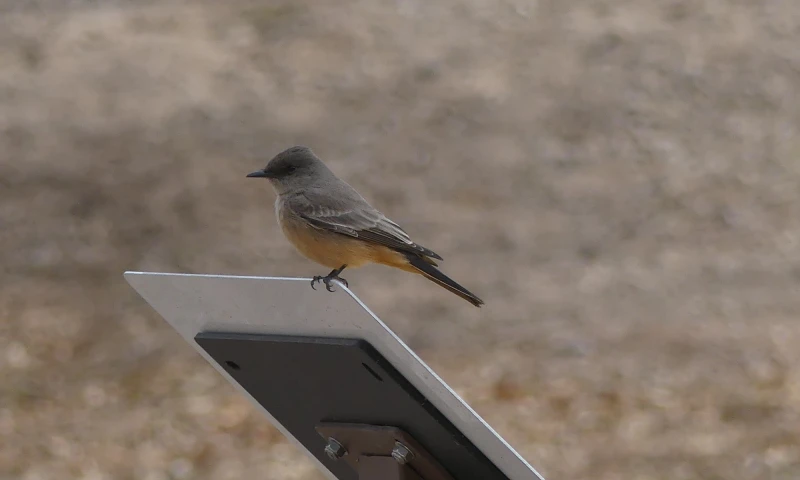By Alex Harper
If there is a light to the end of the tunnel of the dog days of summer birding in the Mojave Desert, it begins sometime in September. The warmest and most uncomfortable days are mostly behind us, and the birds register this too. If you struggled to get outside in August, you’ll find the birding opportunities more motivating.
The movements that began in August are only more amplified in September. Shorebirds have been engaging in southbound movement for weeks now, congregating around reservoirs, wetlands, the Las Vegas Wash, and ephemerally flooded dry lakes. Avocets, curlews and Wilson’s Phalaropes pour in from the kettle ponds of the Great Plains or lakes of the Great Basin. Yellowlegs and Solitary Sandpipers transit on their way from the spruce bogs of Canada and Alaska, and dowitchers and Red-necked Phalaropes may be coming from open tundra of the northern edges of the North American continent. Adults are the first to arrive in late summer; first of year birds tend to arrive later, needing time to learn how to feed and fatten up on their own after being born earlier in the year.
Riparian areas and parks begin to invite and harbor more songbirds. These birds may be coming from breeding territories throughout the Western Lower 48. In the weeks that follow, we will see birds that are arriving from farther distances. This makes sense; songbirds that are departing from Alaska and Canada tend not to arrive before birds that started their autumn migration somewhere in northern Nevada, Idaho, or eastern Oregon, for example. It stands to reason that the Orange-crowned Warblers, some of the Yellow Warblers, Western Tanagers, and Black-headed Grosbeaks that we see in early September may not have come from too far away to get here. The first Wilson’s Warblers that we see are probably from neighboring states as opposed to ones coming from British Columbia or the Yukon.
Additionally, it is the insect-eating birds that we observe the most in September. Flycatchers, vireos, warblers and tanagers need to vacate out of the areas where insect activity can be quickly shut down by the first cold fronts. These birds make haste to destinations that support insect and invertebrate activity year-round, such as the Sonoran Desert, lowland Mexico, and tropical regions of Central America. Birds that can rely on seeds have more flexibility since their food-sources aren’t affected by temperature in the same ways. Sparrows may begin to appear more in October while finches may not begin to peak until November.
Interesting birds are often observed by the vigilant, and the vigilant are up early and at the “honey holes” at the right times. These sites include Cactus Springs, Corn Creek Field Station, Floyd Lamb at Tule Springs, Clark County Wetlands and Henderson Bird Viewing Preserve, but virtually any park can attract higher volumes of birds. Infrequently seen or rare birds are often at sites amongst the regularly occurring birds for the same reasons that the habitat is attractive-looking and may have “retentive qualities” such as water, reliable food sources, and safety from predators. Outside of the suburban and urban Las Vegas Valley, spring-fed canyons can be especially interesting to visit. Local birders have discovered that finding a picnic table along Deer Creek in the Spring Mountains can be a relaxing way to watch songbirds as they strengthen up, hydrate and bathe in a more natural setting.










